Untapped potential
According to Associate Professor Dr. Le Anh Tuan, Senior Lecturer, Can Tho University, on a global scale, the contribution rate of electricity from fossil fuels, such as coal, natural gas and hydropower is on a downward trend while electricity sources from solar radiation and wind are increasing rapidly. The Mekong Delta in particular has great potential for renewable energy development. The Mekong Delta has 2,200-2,600 hours of sunshine per year; average solar radiation ranges from 1,387-1,534 kWh/kWp/year. The total potential solar power capacity of the region can reach 136,275MW, generating an estimated electricity output of more than 216 billion kWh/year.
A corner of Dong Hai 1 Wind Power Plant invested by Trung Nam Group in Vinh Long province.
In addition, with a coastline of more than 700km, a large exclusive economic zone of up to 360,000km2, and a wind speed at a height of 80m that can be stable at around 5.5-6m/s, the potential for offshore wind energy exploitation in the Mekong Delta can reach 1,200-1,500 MW/year. The Mekong Delta also has potential for biomass energy. It is estimated that the whole region collects nearly 5 million tons of rice husks from 20% of the total 24.7 million tons of harvested rice, along with about 26 million tons of straw produced annually. Hypothetically, if half of the rice husks from rice mills are used to produce rice husk charcoal, the region can receive about 1.1 million Kcal of heat energy per year.
In fact, renewable energy has been applied in many agricultural production models in the Mekong Delta. For example, the solar power model combined with shrimp farming (Agro-Photovoltaic) helps shrimp farming households proactively source electricity in production, reduce 30-40% of electricity costs and meet important criteria to achieve export certifications such as ASC, BAP. Solar power is also a good solution for areas with difficult access to the grid, widely used for active irrigation water pumps, night lighting for gardens, farms, warehouses, fans and farm monitoring equipment. In addition, Hau Giang Biomass Power Plant is one of the first power plants using rice husk fuel in Vietnam, with a capacity of 20MW, consuming 120,000 tons of rice husk/year, providing 130 million kWh of electricity per year.
Although the potential of renewable energy has been clearly recognized, the Mekong Delta has not yet fully exploited this advantage. Agricultural by-products are still wasted or improperly treated (burning straw, etc.); the exploitation of solar and wind energy is still very small. The reasons pointed out by scientists are due to limitations in technology, policy shortcomings, as well as communication to increase awareness and change actions in the community have not achieved the desired results. The level of renewable energy application in the agricultural sector of the Mekong Delta is still low, leading to high total production costs, farmers' incomes not reaching expectations, low agricultural product value, low competitiveness in the international market, and slow adaptation to climate change.
Flexible integration in practice
At a recent consultation meeting on the topic "Promoting the application of renewable energy in the agricultural sector of the Mekong Delta", Associate Professor Dr. Nguyen Hieu Trung, Vice President of Can Tho University, emphasized: Integrating renewable energy into the agricultural value chain is no longer an option but an urgent need. In the context of the Mekong Delta being affected by the double impact of climate change and the need for sustainable development, the shift to an agricultural model integrating renewable energy is a strategic step, requiring inter-sectoral and inter-regional coordination. The meeting is a space for policy practice, where innovative ideas, effective models and practical recommendations are shared, debated and co-created. From there, we aim to develop specific strategic directions for green agricultural transformation; propose policy recommendations linked to local practices and needs; and connect stakeholders to address regional priority issues.
Sharing the same view, according to Mr. Nguyen Tien Huy, Director of the Office of Sustainable Enterprise Development, Vietnam Federation of Commerce and Industry, applying renewable energy in agricultural production is not only a story of environmental protection but also about protecting profits, markets and the sustainable development roadmap of enterprises in the future.
“Green energy, if viewed and implemented correctly, is not just a moral choice. It is a competitive strategy! Importers and large supply chains today do not just ask “how much does it cost?” they also ask “how much does your business emit? Does it comply with ESG standards?” Green energy is the clearest and most convincing answer. It helps businesses stand firm against technical barriers and rise above thanks to sustainable brands,” Mr. Nguyen Tien Huy cited.
Many opinions say that the journey towards applying green energy in agriculture needs support from the State. Dr. Nguyen Hoang Nam, Institute of Strategy and Policy on Natural Resources and Environment, Ministry of Agriculture and Environment, proposed: “The State needs to complete the legal framework for the agricultural model combined with renewable energy. Because this is the key to sustainable agriculture through cost reduction, emission reduction, increasing the value of agricultural products and meeting export market requirements. At the same time, build preferential financial mechanisms and specific support funds for farmers, small and medium enterprises in the Mekong Delta (flexible preferential loan packages, green energy development support funds specifically for Mekong Delta agriculture, initial cost support/grants) to promote the application of renewable energy in the agricultural sector”.
In addition, Dr. Nguyen Hoang Nam also noted that localities need to promote communication and technical training for people on green energy applications such as design, construction techniques, operation and maintenance of green energy systems suitable for each type of agriculture such as rice cultivation, fruit trees, shrimp farming, etc.; encourage the search for new benefits from green transformation projects, such as carbon credits and sustainability certificates.
Article and photos: MY THANH
Source: https://baocantho.com.vn/xanh-hoa-nong-nghiep-dbscl-tu-nang-luong-tai-tao-a189537.html




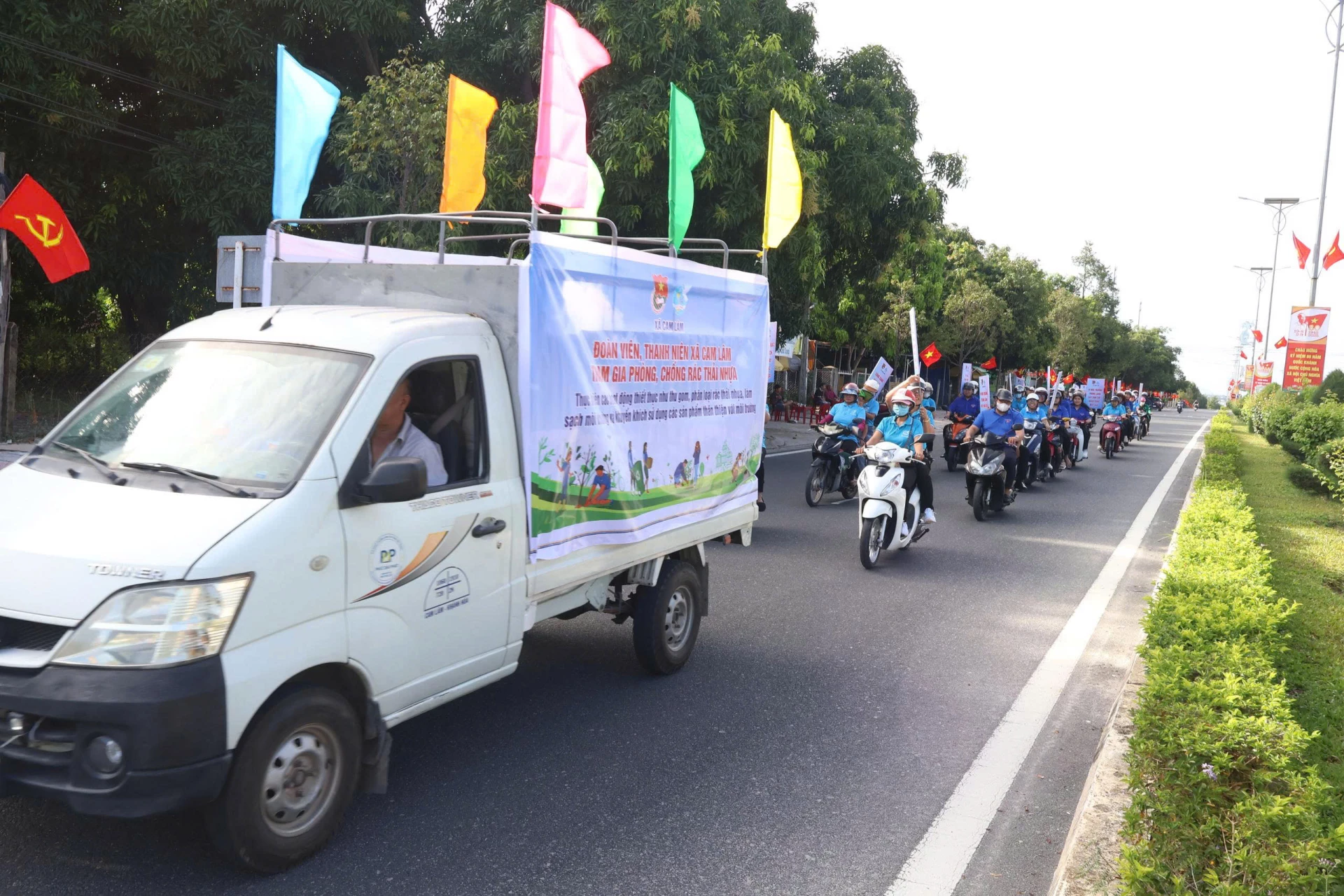
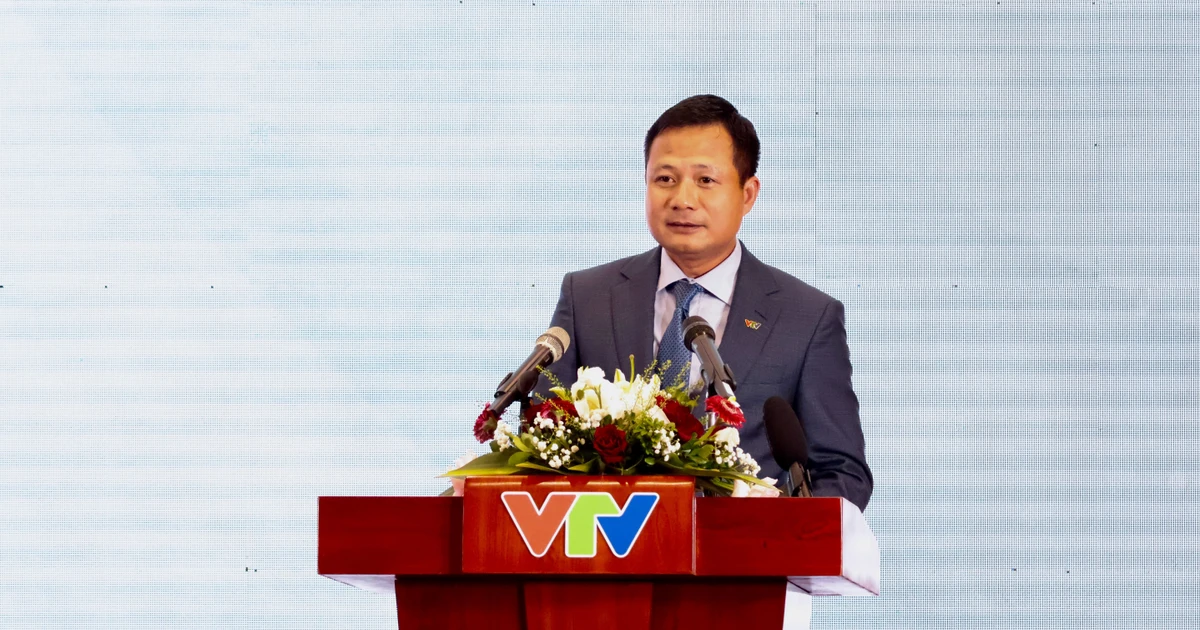


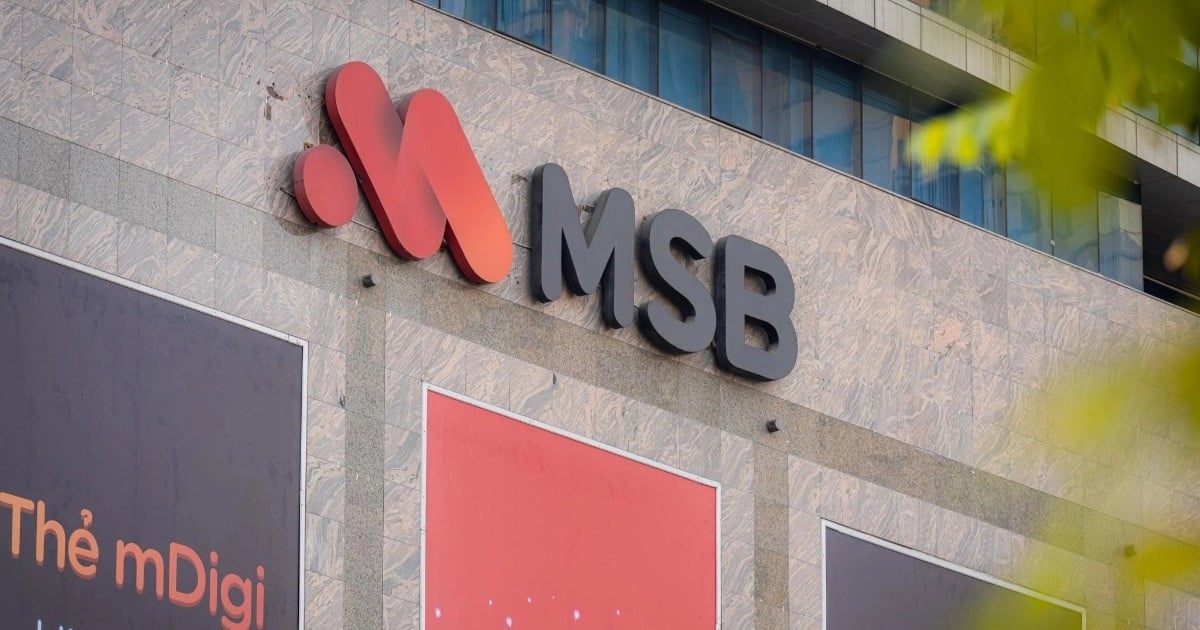
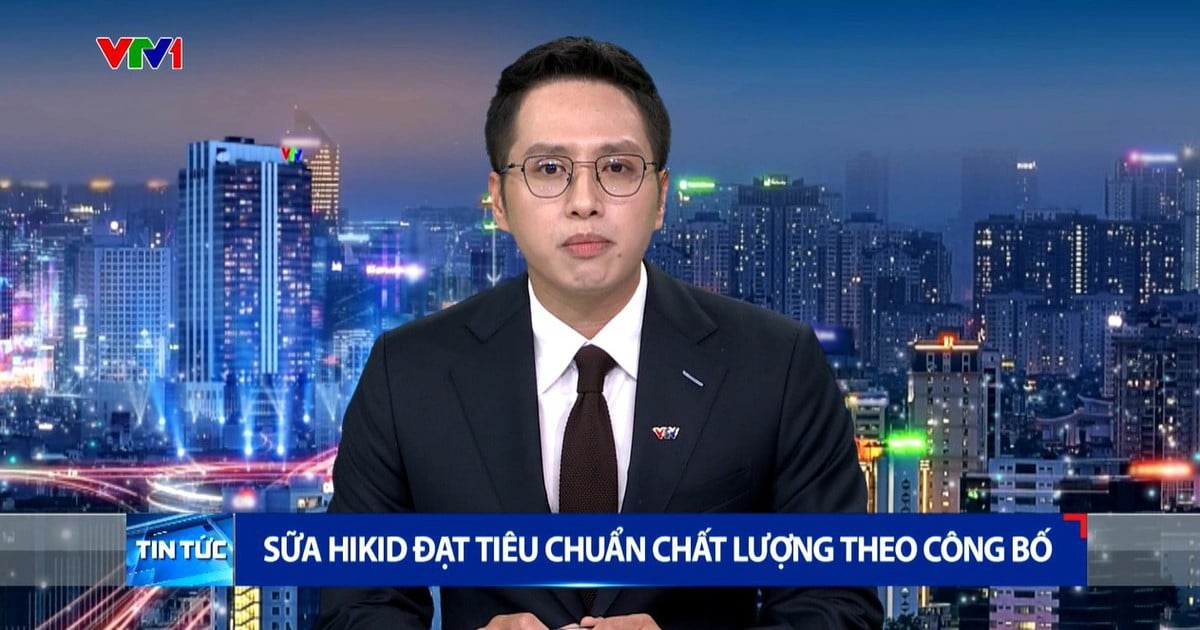

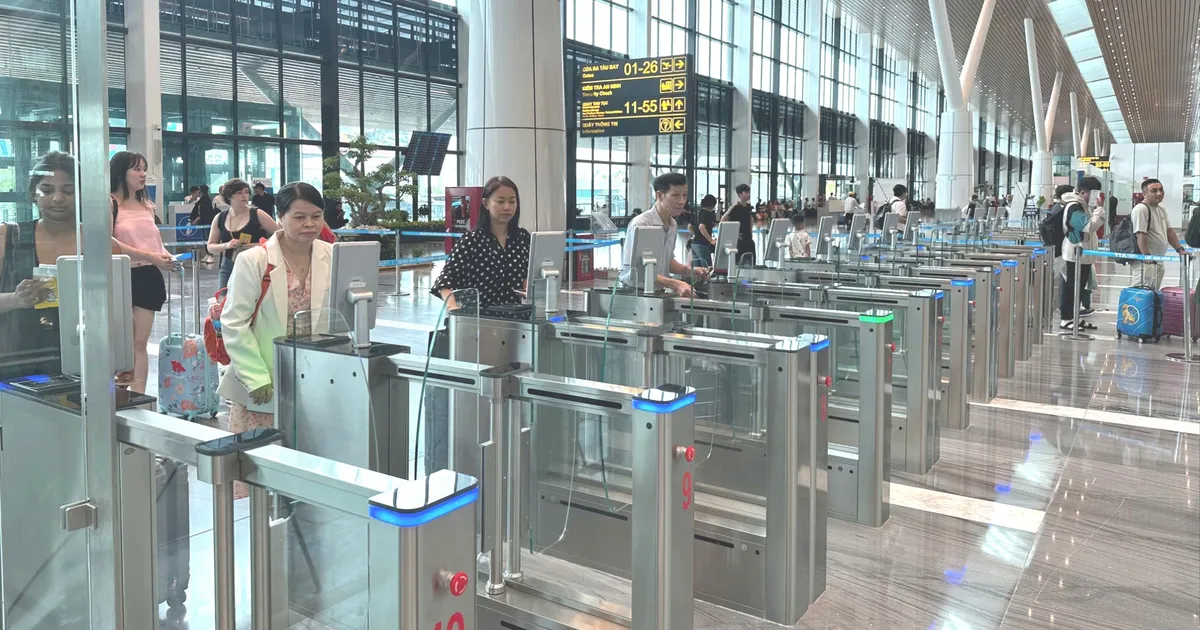

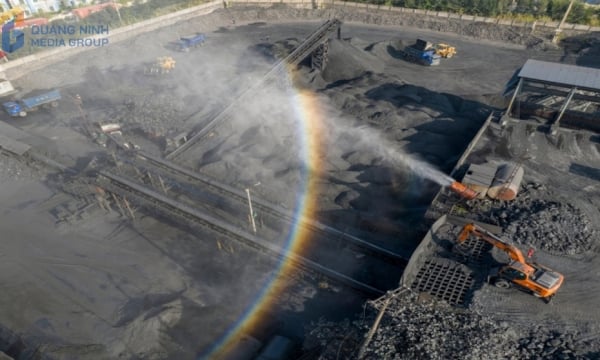












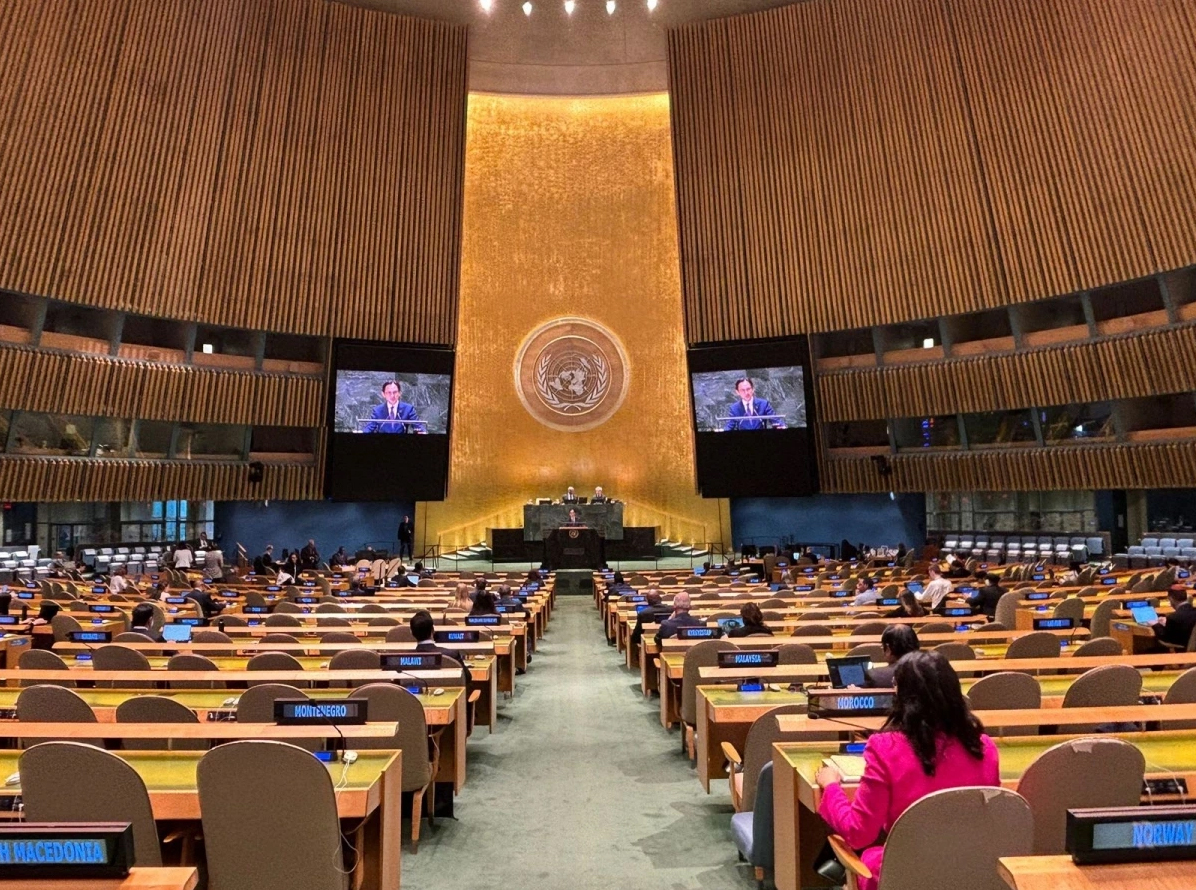
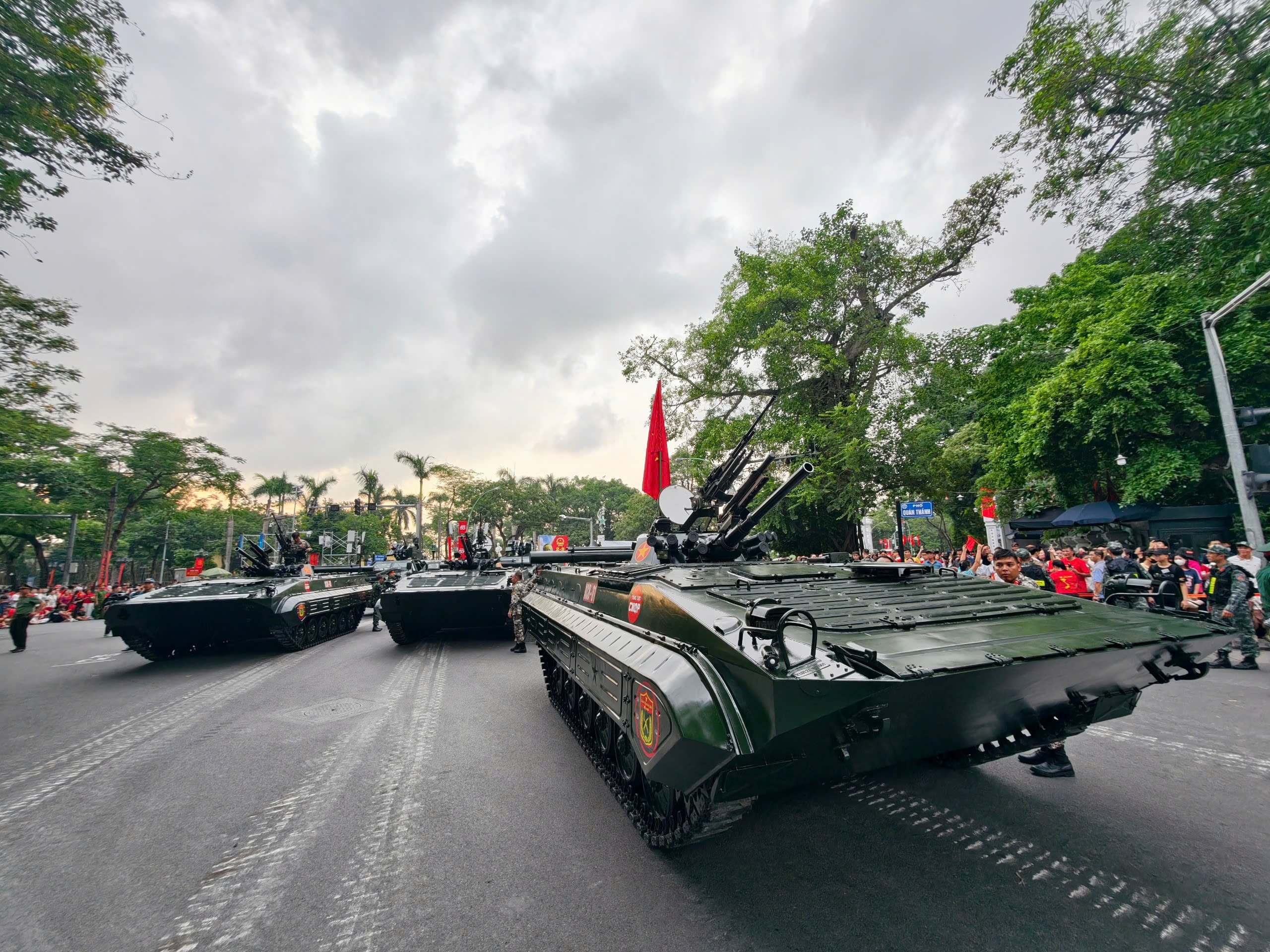
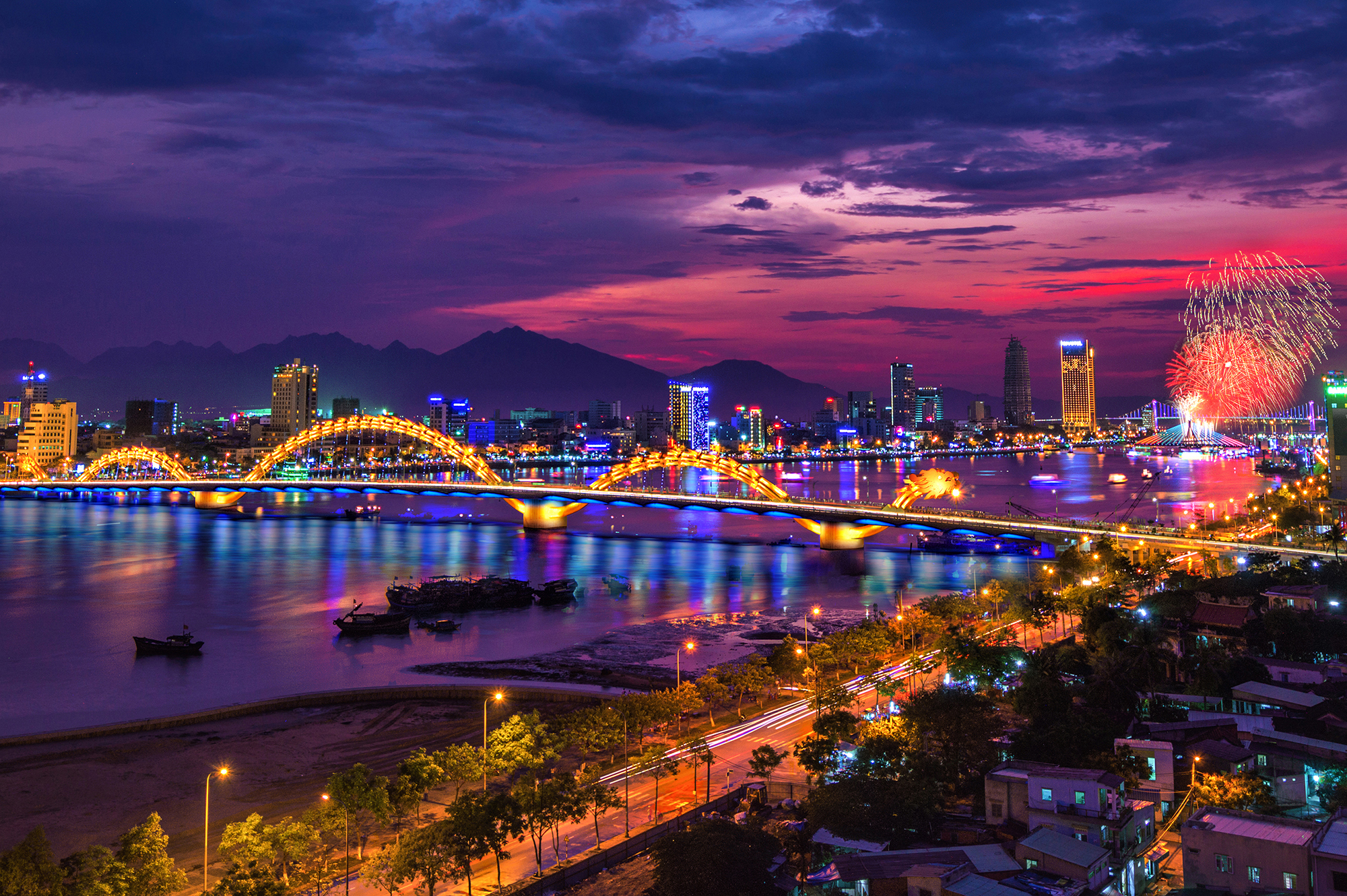
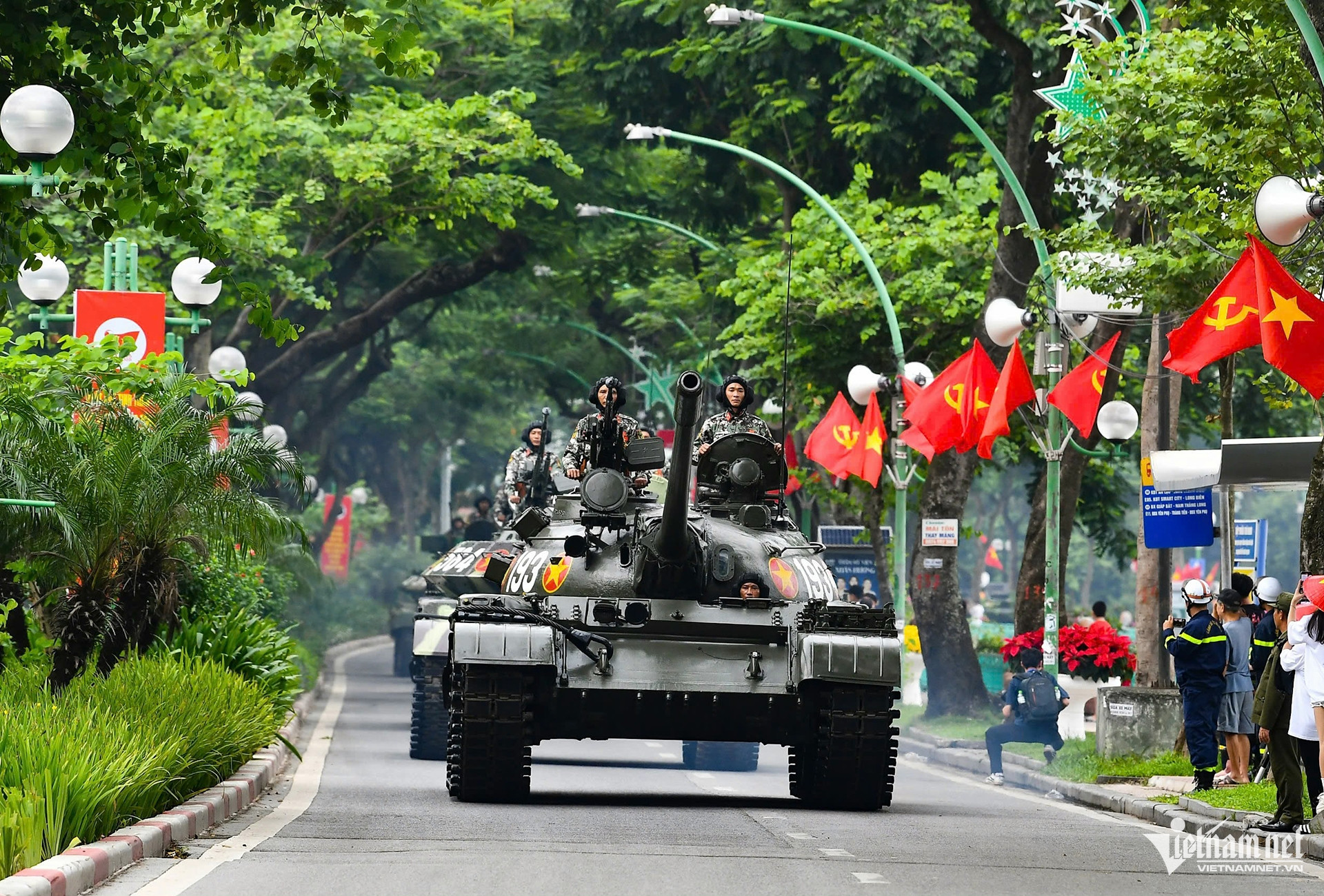











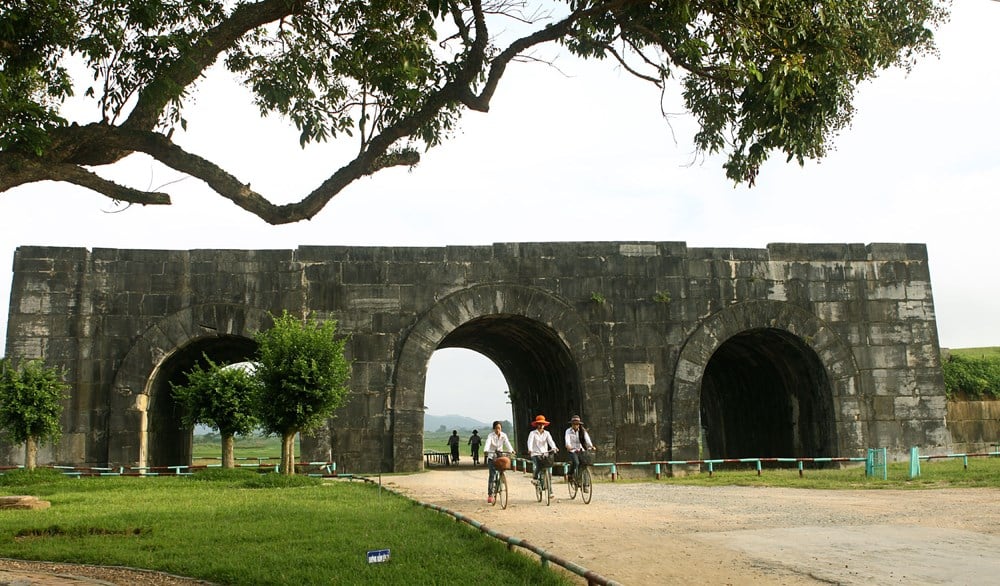






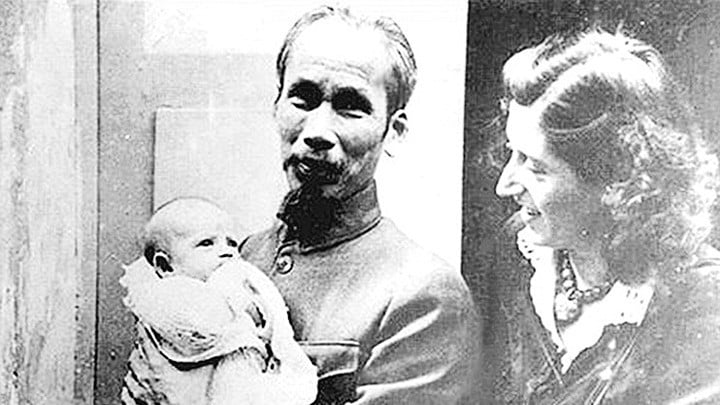




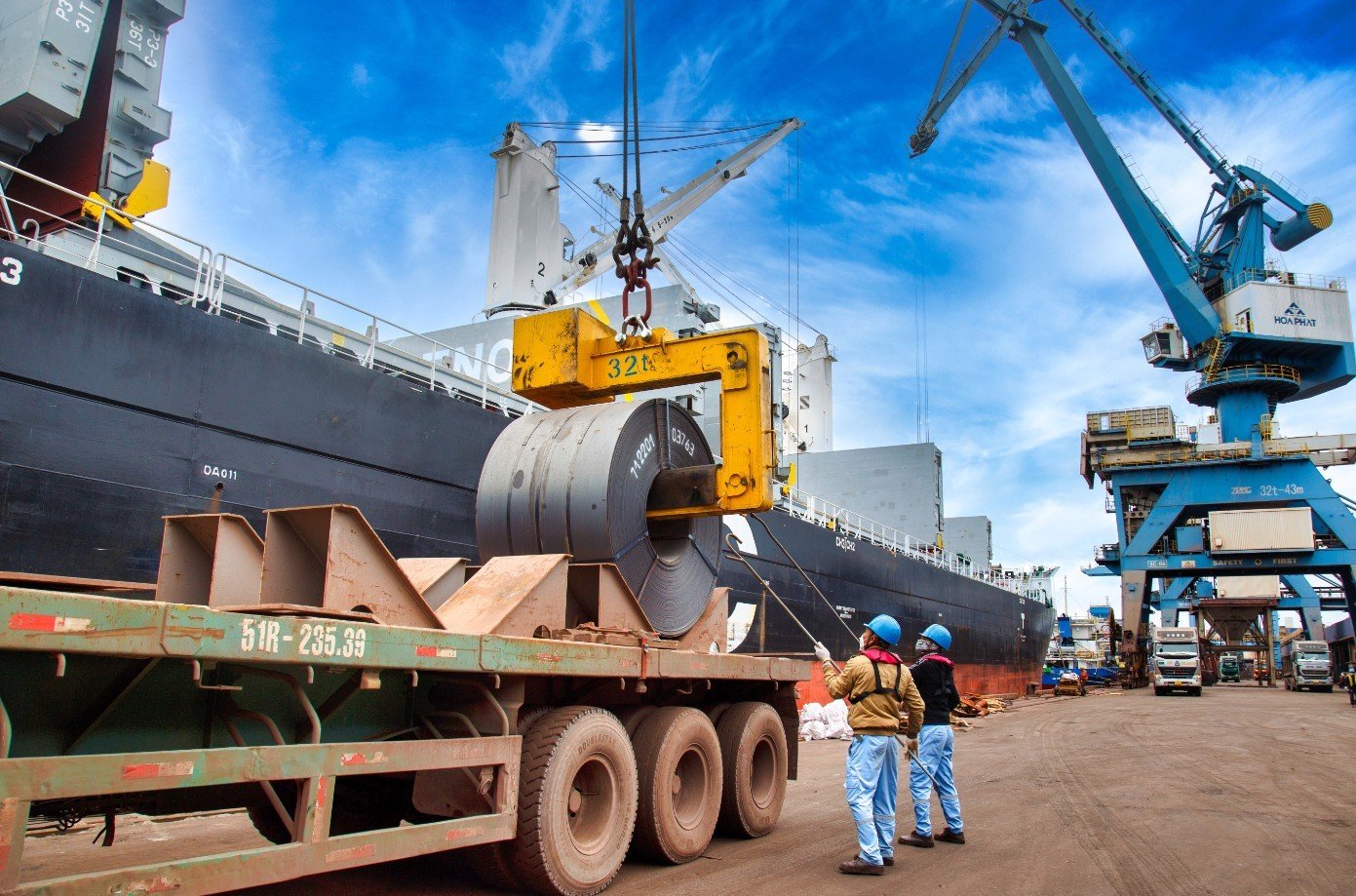











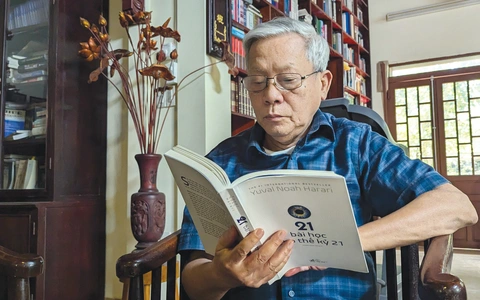
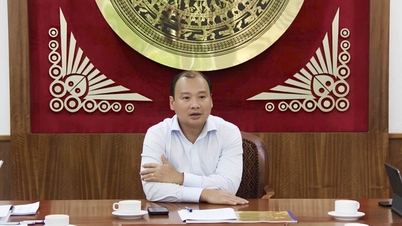
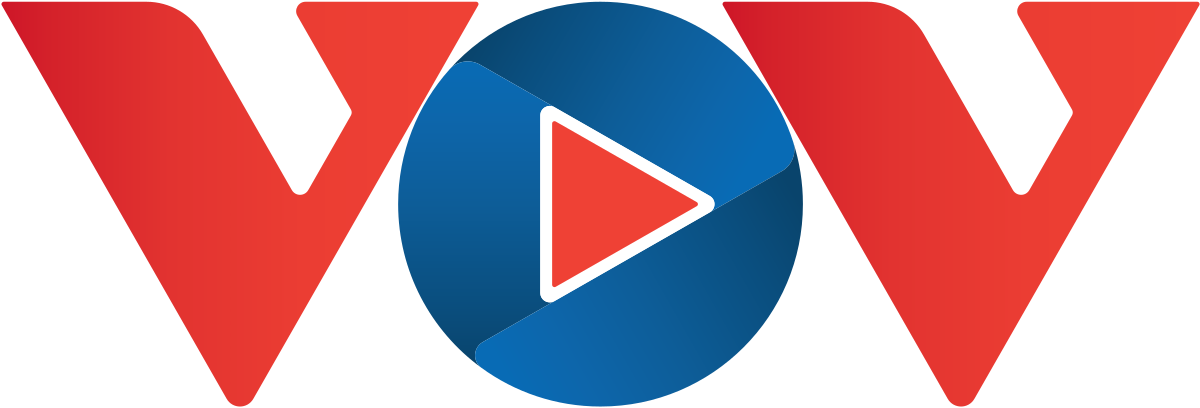
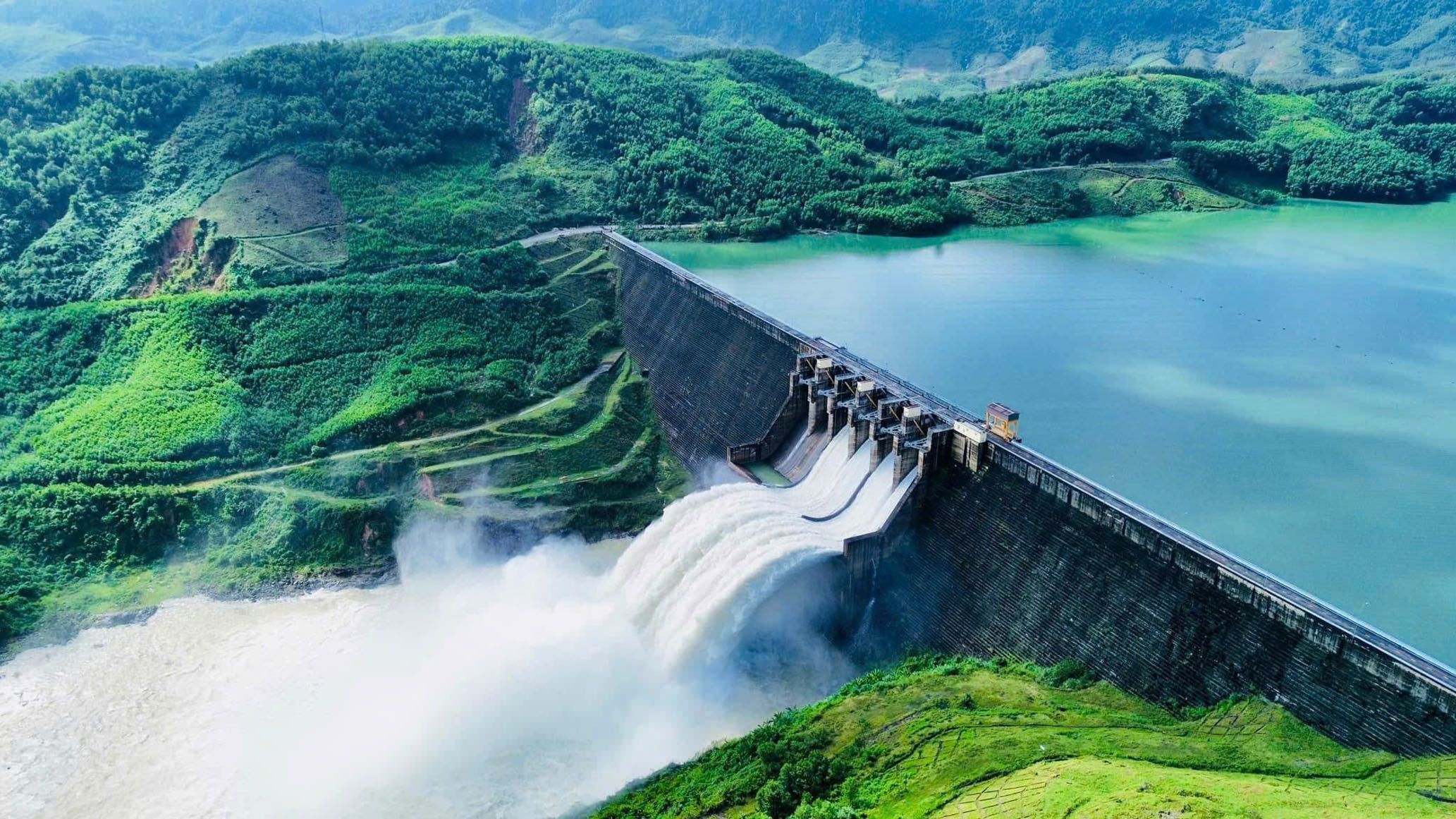

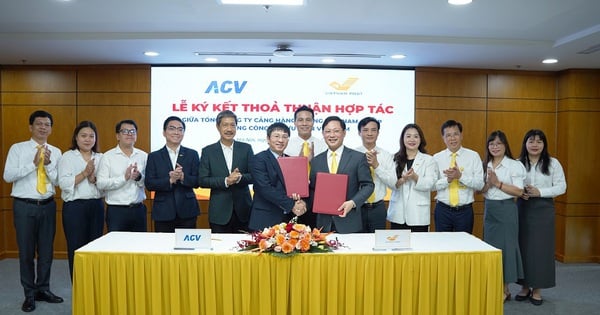




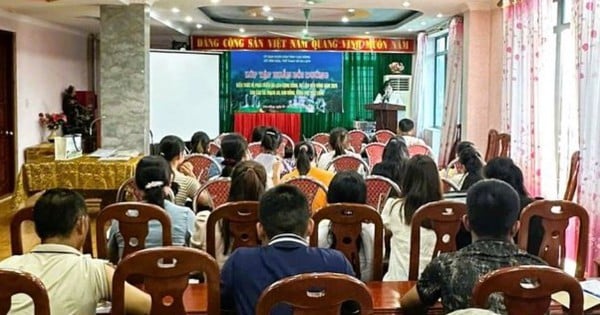
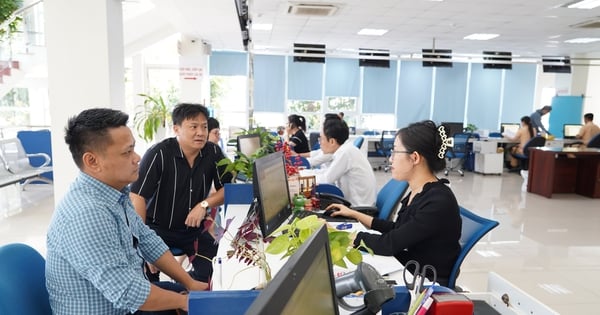












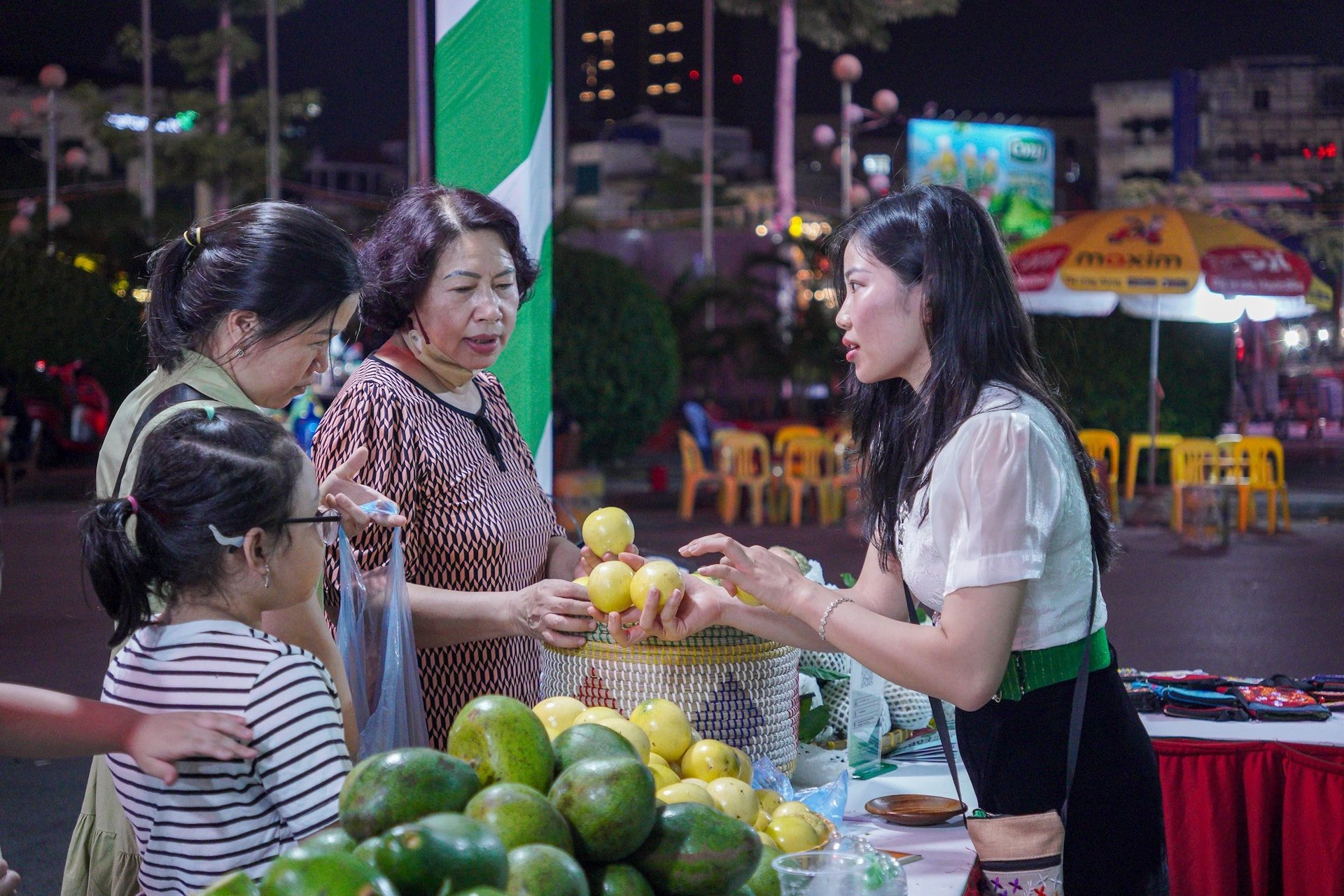
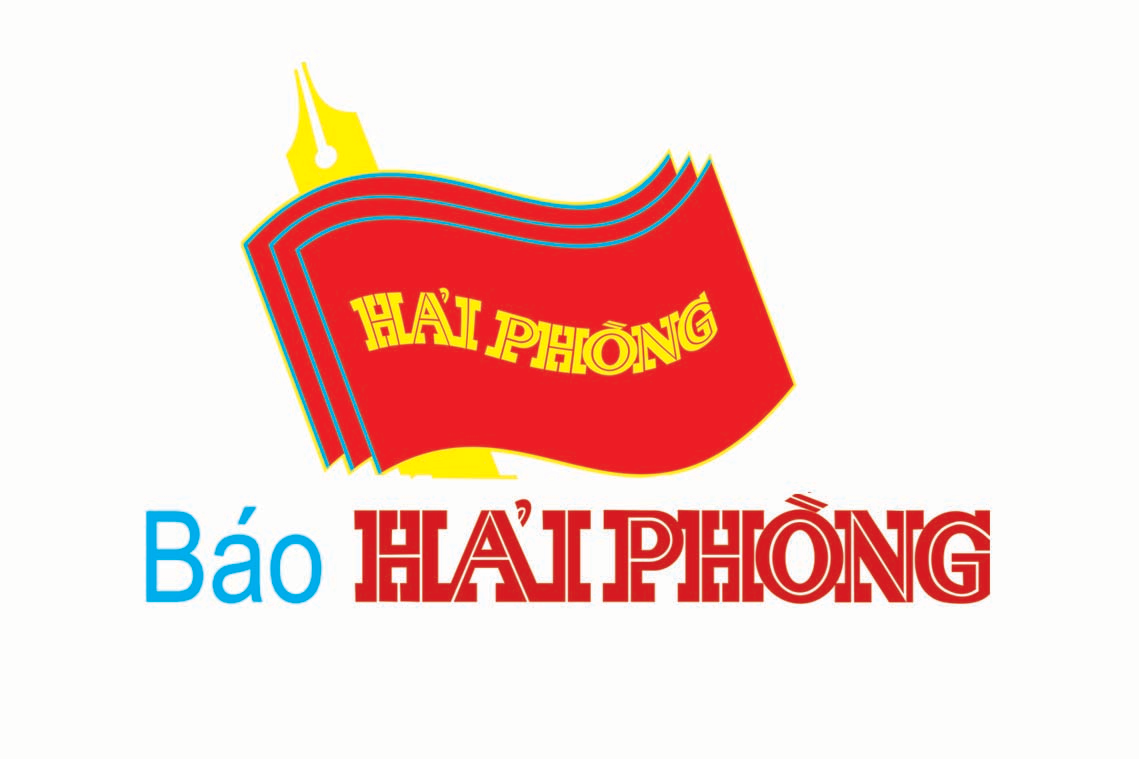


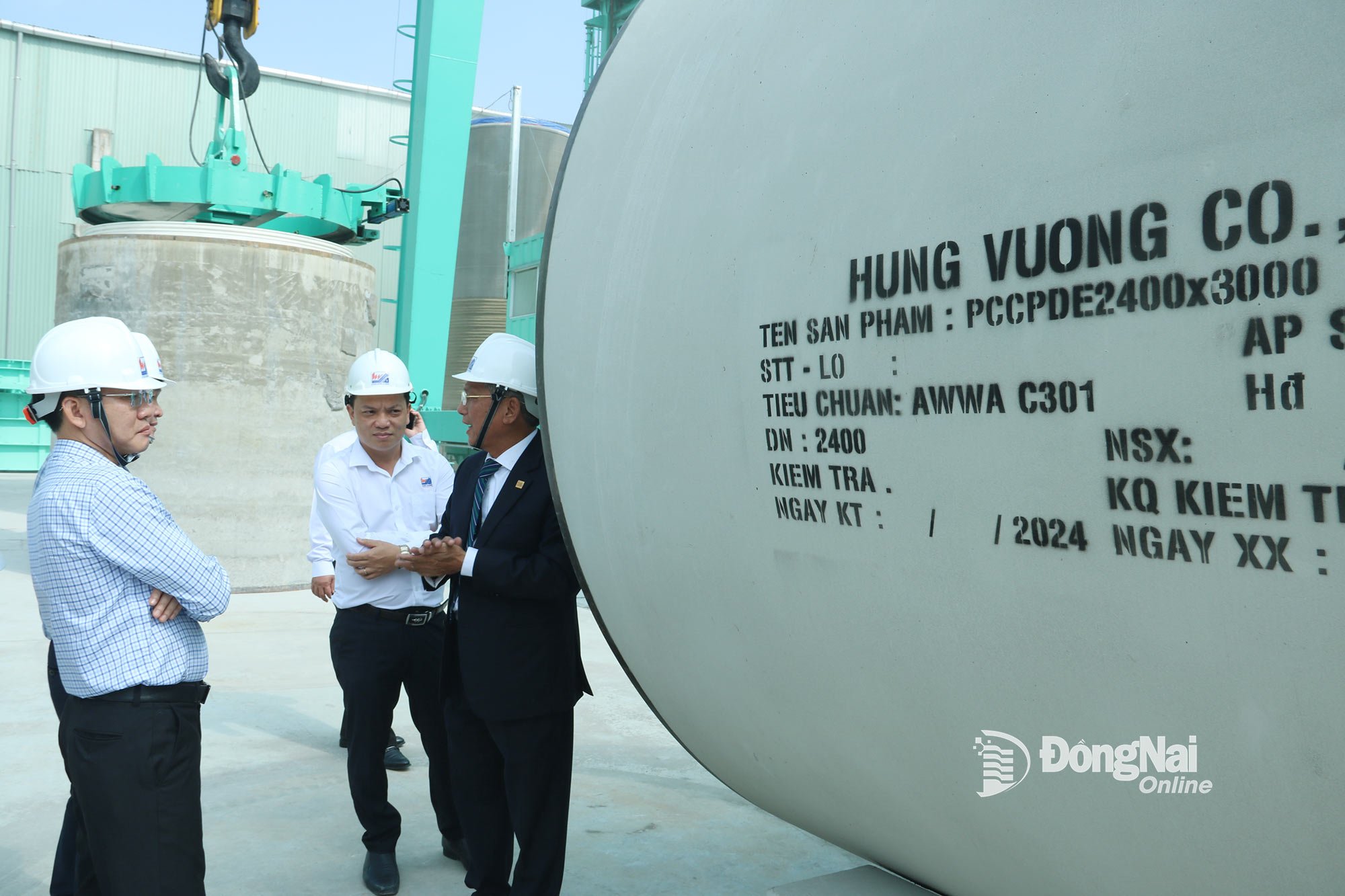






Comment (0)